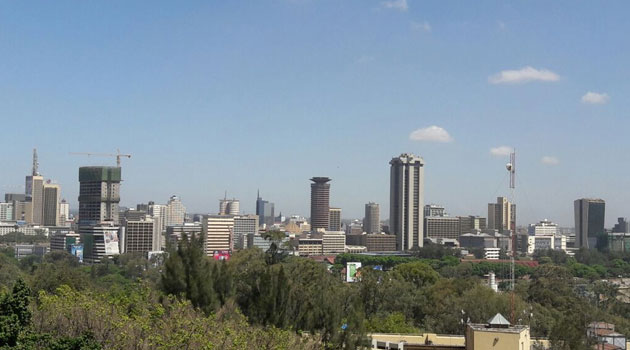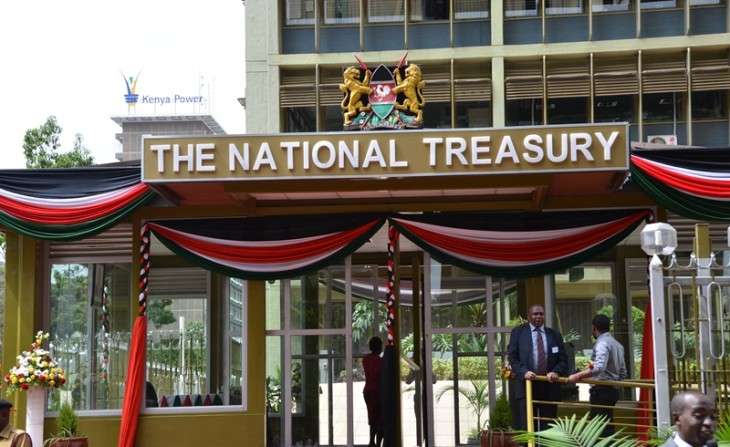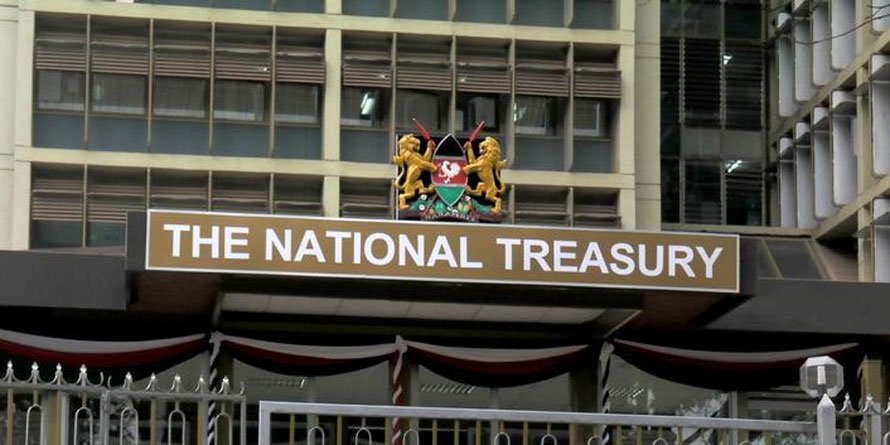According to a new analysis, Kenya's economy is yet to grow at an estimated 5% in 2023 due to a prolonged rise in commodity prices, world events, and significant danger of debt distress.

According to the Macro-Fiscal Analytic Snapshot 2022/23 report published by the Institute of Public Finance (IPF) and Oxford Policy Management (OPM), delaying fiscal consolidation in 2020 and 2021 made it challenging for the nation to achieve the necessary economic stability and caused the risk of debt distress to increase from medium to high.
Did you read this?

"Overly aggressive income and budget deficit targets were established by the government over the past two years. The government is in a bind as it seeks to negotiate the global tightening of monetary policy and rising inflation with inadequate buffers against external shocks. debts interest payments," James Muraguri, Chief Executive Officer of the Institute of Public Finance, said.
However, the government focuses more on fiscal consolidation efforts, including cutting back on non-priority expenditures to raise investment and help manage runaway inflation. In that case, the economy may achieve a spectacular upward trend.
While the present administration has tried to tighten its fiscal policy, Muraguri pointed out that there is more to take place to protect Kenyans from the effects of runaway inflation, the Russian-Ukrainian war, and the declining value of the Kenyan shilling relative to the US dollar.
"In light of this, we anticipate a shift in policy focus toward fiscal policy coordination to handle rising price levels, provide support for people who are experiencing famine and malnutrition, and ensure the efficient distribution of subsidized fertilizer during the upcoming long rains," Muraguri said.
The research notes the shifting trend of donor support between 2016 and 2020.
While the total amount of official development aid (ODA) disbursed increased by 12, 21, and 24% in 2017, 2019, and 2020, respectively, the rise was due to increased support for the production, humanitarian, and WASH sectors as well as the education and health sectors.
After the epidemic, however, funding for the economic infrastructure and services sector has decreased, partly due to a change in the financing partners' commitment.
To this aim, IPF emphasized that to close the budget gaps now being experienced; the government must stop depending on donors and instead create a plan to mobilize local resources.












